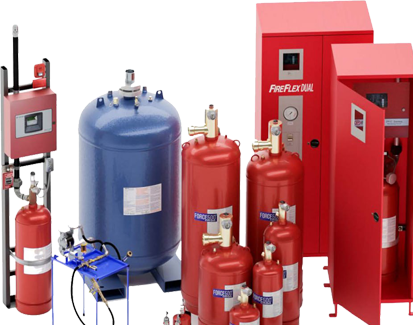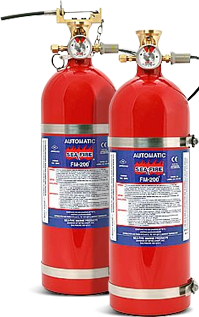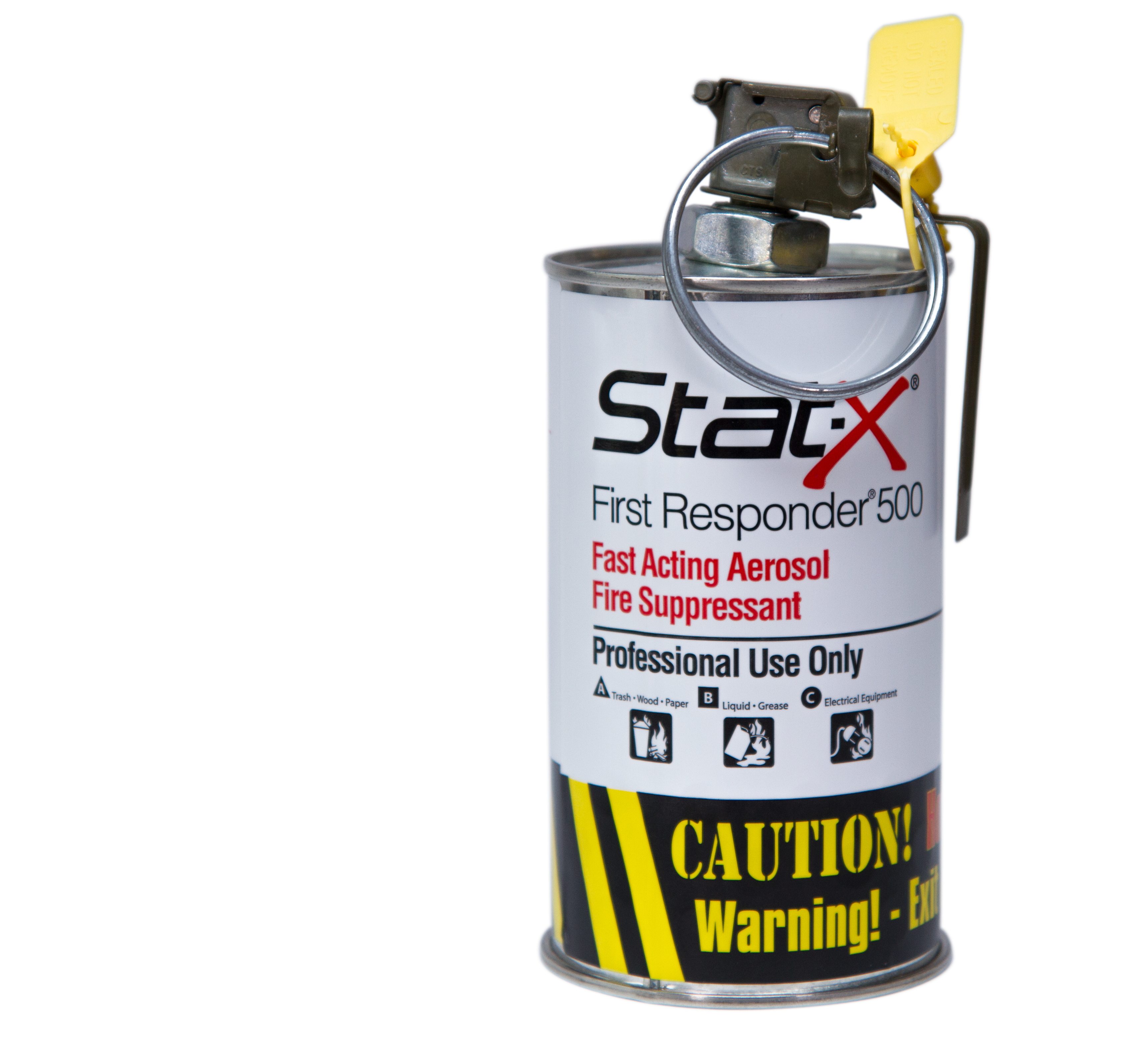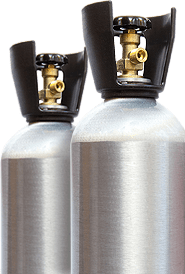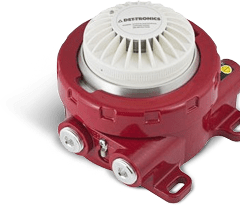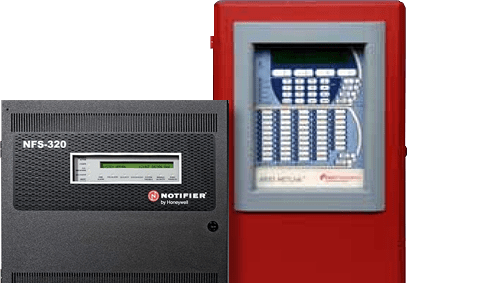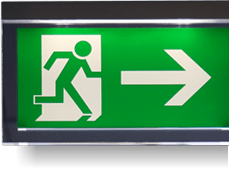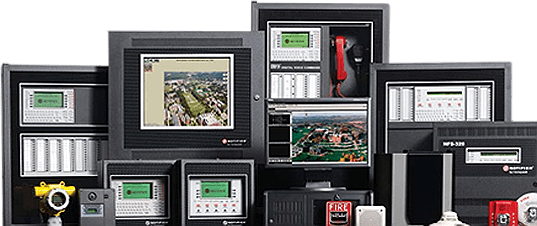Understanding Aspirated Air Sampling Smoke Detector Systems
Air Sampling Smoke Detectors (AASDs) are a highly effective way to safeguard your business from fire hazards. The first step to exploring the pros and cons of these detector systems is to understand how they are different from other detector systems, like those triggered by heat or flame. Let's look at the three subtypes of ASSD systems in detail:
1. Air Sampling Smoke Detector Basics
The names Air Sampling Smoke Detector and Aspirated Smoke Detector both refer to the same thing. This makes talking about these devices easier. These systems rely on special pipes that are installed within the protected facility, through which air samples are continually taken and then tested for smoke particles.
Explore further
2. The Three Types of Aspirated Air Sampling Smoke Detector Systems
Filtered Laser Systems
Systems with a filter removes large particles, such as dirt, from the air samples before sending it into the body of the device for smoke detection via lasers.
Particle Counting Laser Systems
Laser systems that count particles determine the size and number of particles in the protected area's air as it enters the system. The advantage is that this type of system can distinguish between particle sizes, so large particles, such as dust, are not counted in the smoke determination which cuts down on false alarms.
Cloud Chamber Systems
Cloud chambers systems are an older form of air sampling system technology, and require more mechanical parts to function, meaning there is more maintenance required. They also have a higher chance of failure. Cloud chamber systems use water and humidity to expand air samples so the system is better able to identify smoke particles as they become enlarged.
People also search
3. Advantages of Aspirated Air Sampling Smoke Detectors
Smoke detectors come in three different types based on the speed at which they can detect fires. The three speed types are Standard Fire Detection Systems (SFD), Early Warning Fire Detection (EWFD), and Very Early Warning Fire Detection (VEWFD). Other types of systems, including Laser Spot and Photoelectric Spot, have only one detection sensitivity, while Air Sampling Smoke Detectors can be equipped to operate at all three sensitivities. This also allows for the largest amount of square footage to be protected by the detection system , depending on the specific requirements of the building. The only potential drawback is the need for regular testing and maintenance of the entire system, including the installed pipes, but that is true of any well-functioning fire suppression system.
4. Example of an Air Sampling Smoke Detection System
FAAST Air Sampling Smoke Detectors are brought to you by System Sensors, a world-class manufacturer of Air Sampling Smoke Detector systems. The system utilizes Dual Vision technology and is able to detect very low-concentrations of smoke particles while simultaneously being able to discern between smoke and non-smoke particles, even at these very low concentrations.
Should you need a fire detection system for your business, contact Control Fire Systems Ltd. today. Control Fire Systems is a premier Canadian-based supplier of fire suppression systems in the Toronto area, and can work with you to find the smoke detector system your business needs. Contact us today at 1-866-384-1280 or visit us online at ControlFireSystems.com for a free consultation.





